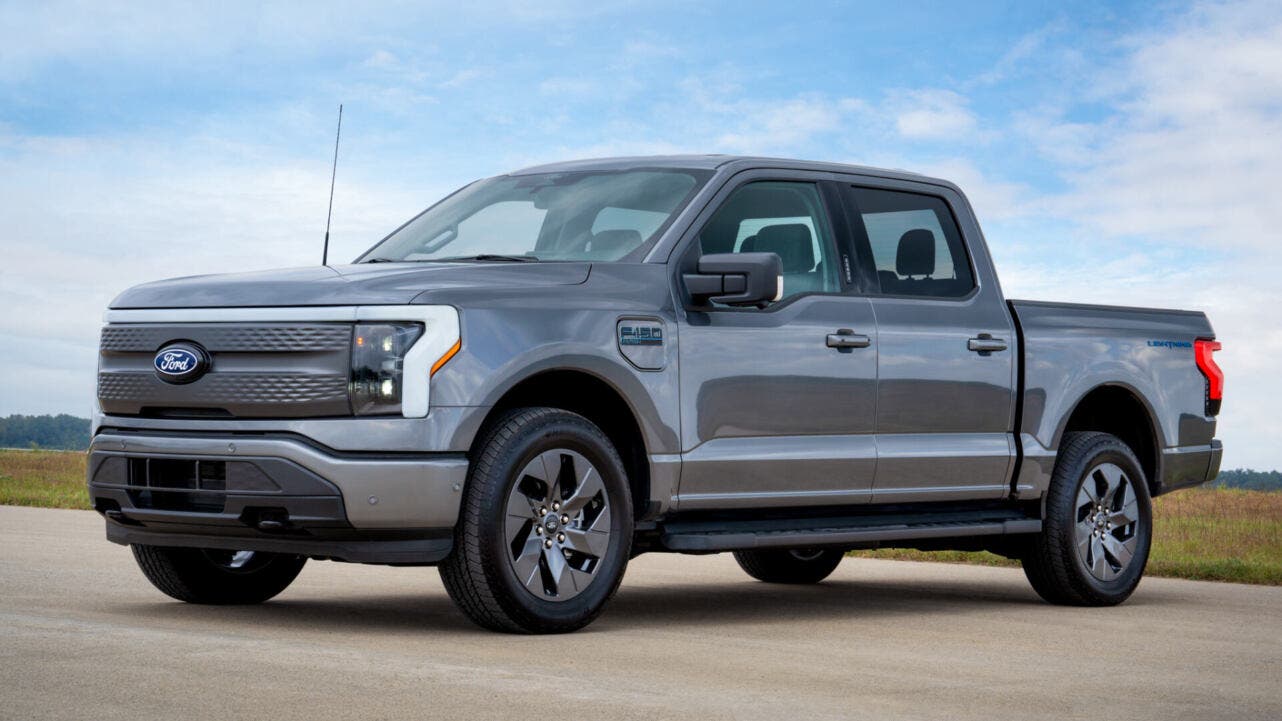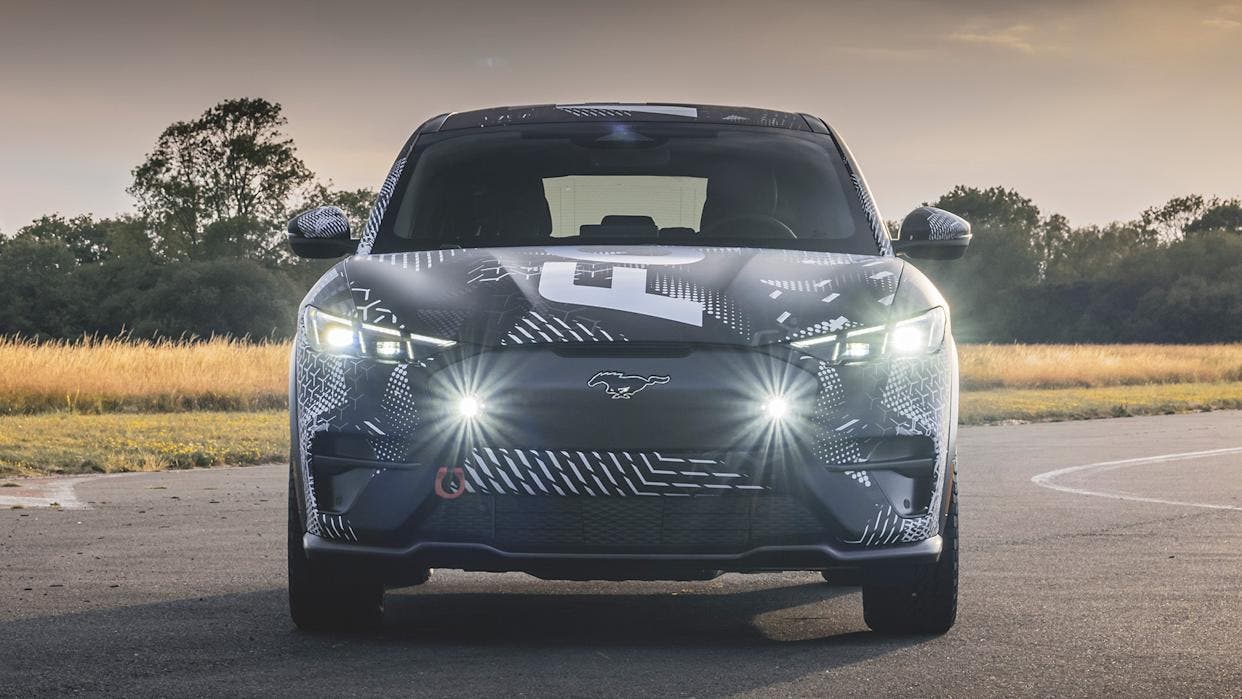Ford slows down its next-generation EV rollout. According to a recent report, later confirmed by the American automaker itself, the Blue Oval brand has once again delayed the launch of two key models in its all-electric lineup.
The first is a full-size electric pickup truck, internally referred to as Project T3, which many believe could eventually replace the popular F-150 Lightning. Originally scheduled for 2027, its debut has now been pushed back to 2028. This means the current Lightning, on sale in North America since 2022, will remain in Ford’s portfolio for at least three more years, continuing to represent the brand in the EV pickup segment.

A similar fate awaits Ford’s upcoming large electric van, intended to succeed the E-Transit. Initially expected in 2026, the model will also be delayed until 2028. Production is planned for the Avon Lake, Ohio plant, but the van won’t reach the market until the end of the decade.
The decision, officially communicated to suppliers and employees in June, marks a major strategic adjustment for the company. In light of these delays, Ford is now shifting its focus toward smaller, more affordable EVs. Last year, the company revealed the existence of a secret internal program known as Skunkworks, aimed at developing a new wave of budget-friendly electric models.

The first product of this initiative will be a mid-size pickup, scheduled for 2027. Based on a recent trademark filing, the model may revive the historic Ranchero name, once used on Ford’s two-door pickups produced from the 1950s through the late 1970s, this time reborn as an all-electric utility vehicle.
This strategic pivot shows that Ford intends to prioritize value and accessibility, aligning its offerings more closely with actual consumer demand. In practical terms, the automaker is placing greater emphasis on practical and affordable EVs while pushing back the timeline for its more ambitious, high-cost projects. It’s a clear signal that the road to electrification isn’t just about cutting-edge technology.
